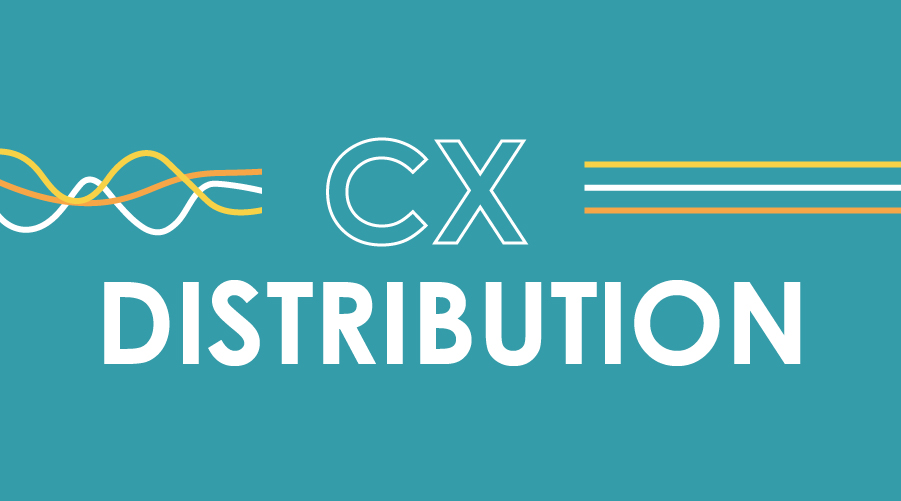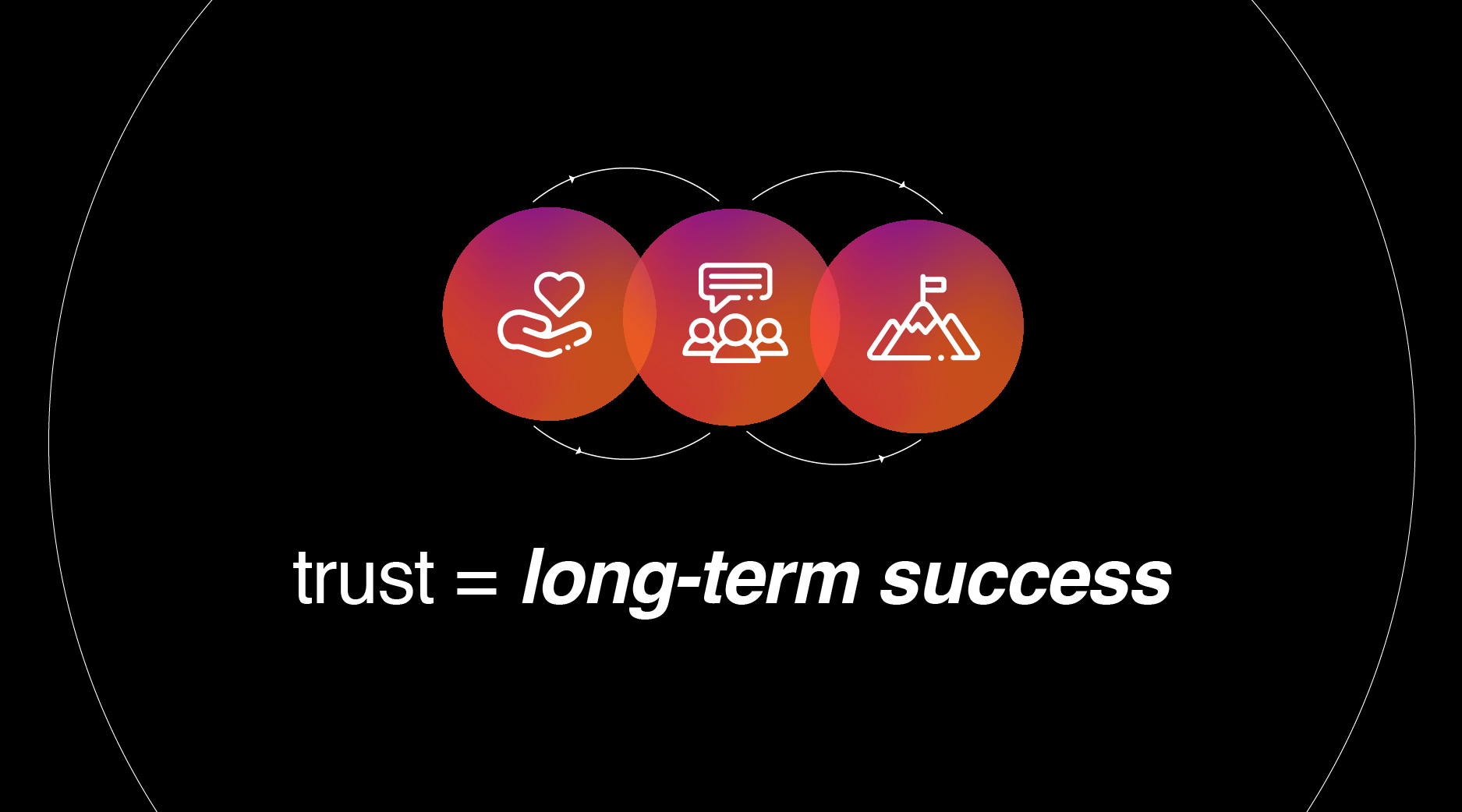Distribution CX is an essential part of infrastructure brand CX; we simply can’t have a conversation about one without the other. While this audience goes by different names — dealers, distributors, retail stores or online outlets — this part of the value chain is where the sale happens.
Usually, inside sales channels supporting this audience are a focus area for marketing (think call centers, field sales managers, etc.). The people who work in these channels are experts in their regions and about their customers. They expect a solid product line to sell, yet they focus on more than just “the sale.”
These professionals may need help fighting off a competitive local marketplace. They may need support educating their own inside or outside sales teams, in addition to educating customers about product features and benefits.
Related: What We Know to be True: A Cautionary Tale About Assumptions
Maintaining Dealer/Distributor Loyalty
Just as we find with end users, dealers/distributors view their work as core to their livelihoods. They tend to be emotionally invested in the relationships they keep and the product lines they offer. Although some distributors offer solutions from multiple brands, their emotional connection to these brands runs deep.
This represents an opportunity for brands to engender as much loyalty with their dealers/distributors as they do with their end users.
Unlike retail or e-commerce, the pros at the distribution level see their job as a commitment they keep to their customers. Therefore, brands must keep their commitments to maintain dealer/distributor trust.
Challenges at the Distribution Level
Several unique challenges exist for dealers/distributors shifting to a CX mindset:
- Because dealers/distributors are so important, many brands choose to focus solely on this audience rather than on a complete pull-through strategy that targets end users. Both are applicable in infrastructure marketing, so brands shouldn’t neglect marketing efforts to drive end-user foot traffic to dealer/distributor stores.
- Dealers/distributors get inundated with campaign material from brands. They are gatekeepers in the sense that they may choose what to promote — and what to ignore.
- Dealer/distributor employees are incented more by product or service sales and less so on overall customer experience. So, as brand marketers make the shift to CX, dealers/distributors are lagging behind. They are making even less of a concerted effort to map the customer experience in a disciplined way. (Of course, that’s because the closer a team is to the customer, the more focused that team is on solving day-to-day customer challenges.)
- Just as brands are struggling to meet the needs of younger, retail-focused consumers, dealers are struggling even more so as they transform their physical and digital operations.
Related: Easy-to-Use Content Tools: Customer Journey Map
How Brand Marketers Can Help
Bringing all of this together for dealers/distributors is the challenge of the brand marketer’s future. It is a sea change to shift hearts and minds to CX while still offering a quality, on-time product. Here are some ways brand marketers can help:
- Offer corporate funding – Regionally focused distribution arms do not have the benefit of seeing the enterprise-level picture. Typically, the expectation is that “corporate” funds brand strategy while giving insight into localized frameworks for a given region. In the U.S., this might be as simple as developing a targeted, localized paid search strategy. On an international scale, this might mean that corporate funds technology and data systems, but doesn’t handle translations or modifications of content/programs.
- Establish shared, confidential data systems – The age-old debate at the dealer/distributor level is whether to share customer information. After all, who owns the data? (With distribution arms that are “owned” by corporate, this becomes less of an issue, but independently owned dealers/distributors may be hesitant to give up information on their customer base.) This puts the responsibility back on the brand to develop and deliver win-win-win scenarios for the brand, dealer and end user. It’s an uphill battle that will not be solved overnight.
- Recognize the dealer/distributor’s day job – The dealer’s job is not marketing; it’s meeting customer needs. Therefore, the marketer’s job is to support the dealer’s operation. That means operationalizing marketing programs for dealers/distributors. You may feel too far removed from the sales channel to be effective in this space. To fix this dynamic, hold collaborative sales and marketing alignment meetings to identify where marketing can help automate certain activities — thereby allowing dealers/distributors more face time with customers.
Dealers play an important role in infrastructure brand CX — and it’s about more than just a sale. For a deeper understanding of how dealers and brand marketers can work together to achieve better CX within your organization, check out The Big Lil’ Book of CX. It’s got tips, tricks and tools that you can use today in order to gain alignment.
Download the Full eBook Here:





